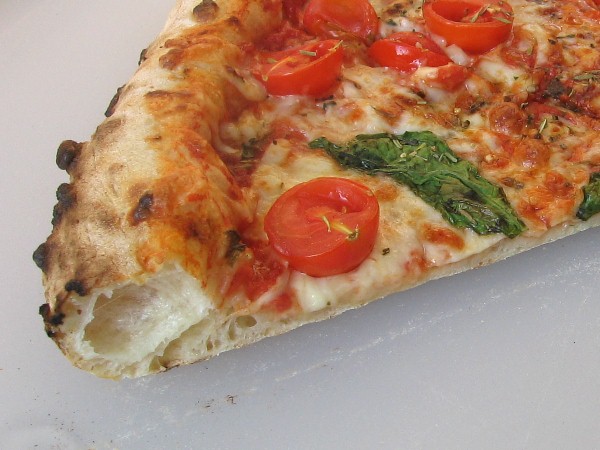Just thought I would raise this topic again and see if there are any new theories or thoughts on how to create it. Perhaps Peter R can offer some insight here.
So far the most plausible theory seems to be a 48 hr cold fermentation which consumes all the sugar and minimises browning. This process produces air pockets that char at temps around 425 and 480 C and produce the spots.
Comments welcomed...
So far the most plausible theory seems to be a 48 hr cold fermentation which consumes all the sugar and minimises browning. This process produces air pockets that char at temps around 425 and 480 C and produce the spots.
Comments welcomed...






Comment